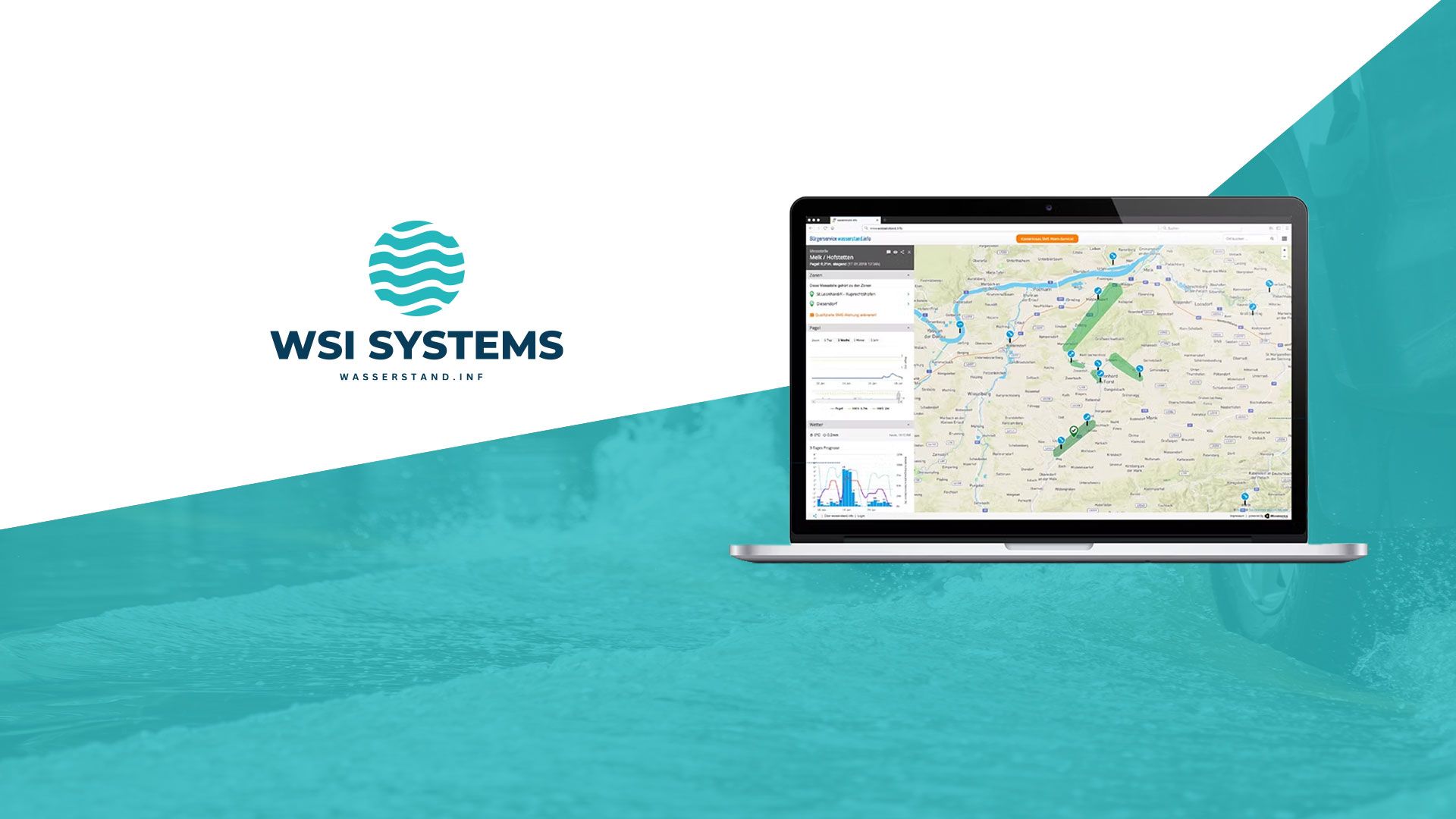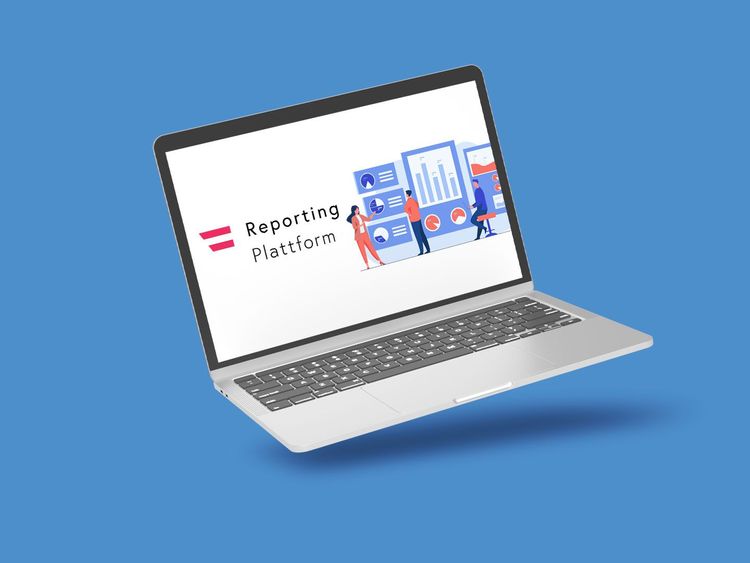- Solution area:Organisations ,Processes ,Social participation and engagement ,Technological innovation ,
- Аdministrative level:Municipality ,District ,State ,Federation ,
- Solution process:Digitization and technology ,Environment and sustainability ,Public service ,Regional development and infrastructure ,Security and defense ,
- Technology:Artificial Intelligence ,Information technology ,Internet of Things ,Networks ,Platform technology ,Sensor technology ,

wasserstand.info
Real-time hazard assessment and early warning system
Extreme weather events are becoming increasingly frequent and intense. Municipalities and emergency services need fast, precise, and reliable tools to assess risks and warn the population. This is where the real-time hazard assessment and early warning system comes in: It combines local precipitation and water level measurements with real-time rainfall forecasts, enabling early and efficient protection. At the core is the wasserstand.info platform, which uses AI-supported evaluations to provide alerts for emergency services and registered citizens — via SMS, fully automated.
Quick Facts
How it works
The solution is based on compact, self-sufficient, and weatherproof measuring stations installed in critical locations. These stations record precipitation and water level data, which is immediately transmitted to the wasserstand.info platform. There, AI-supported algorithms compare current values with forecast data and predefined thresholds. If a hazard is imminent, the system automatically triggers warnings.
In an emergency, the system automatically notifies the responsible emergency services. They can then send targeted SMS alerts to registered citizens. The information is tailored to each individual’s location, ensuring that only relevant warnings are delivered.
The system is designed to be low-maintenance and user-friendly. It runs on renewable energy and has been successfully used in the municipality of Ruprechtshofen (Lower Austria) for over ten years. During the floods of 2024, the solution once again proved its worth: Thanks to early warnings, the community was able to initiate evacuation and protection measures in time and prevent major damage.
The Big Picture
This early warning system is more than a technological innovation — it strengthens disaster control, increases citizen safety, and supports municipalities in their responsibility for public welfare. Emergency services benefit from better planning and efficient resource deployment. Municipalities can implement proactive crisis management with a reliable and digital monitoring tool.
But the true strength of the solution lies in its societal impact: Citizens are informed in real time and without technical barriers. Personalized SMS warnings raise awareness of regional hazards and promote responsible behavior. In this way, the solution becomes a crucial building block for resilient communities — especially in times of climate change and increasing extreme weather.
Image: ©WSI Systems GmbH




